Bulbine Companion Plants That Will Make Your Garden Pop
Bulbine Companion Plants That Will Make Your Garden POP
Bulbine is a genus of succulent plants that are native to Africa and Australia. They are known for their bright flowers, which come in a variety of colors, including orange, yellow, pink, and white. Bulbines are also relatively easy to care for, making them a good choice for beginner gardeners.
One of the best things about bulbines is that they can be used as companion plants. Companion planting is the practice of planting different types of plants together in order to benefit each other. When choosing companion plants for bulbines, it is important to consider the plants' water needs, sunlight requirements, and growth habits.
Here are some of the best companion plants for bulbines:
- Lavender: Lavender is a drought-tolerant plant that loves full sun. It helps to repel pests and insects, and its fragrant flowers can help to attract pollinators.
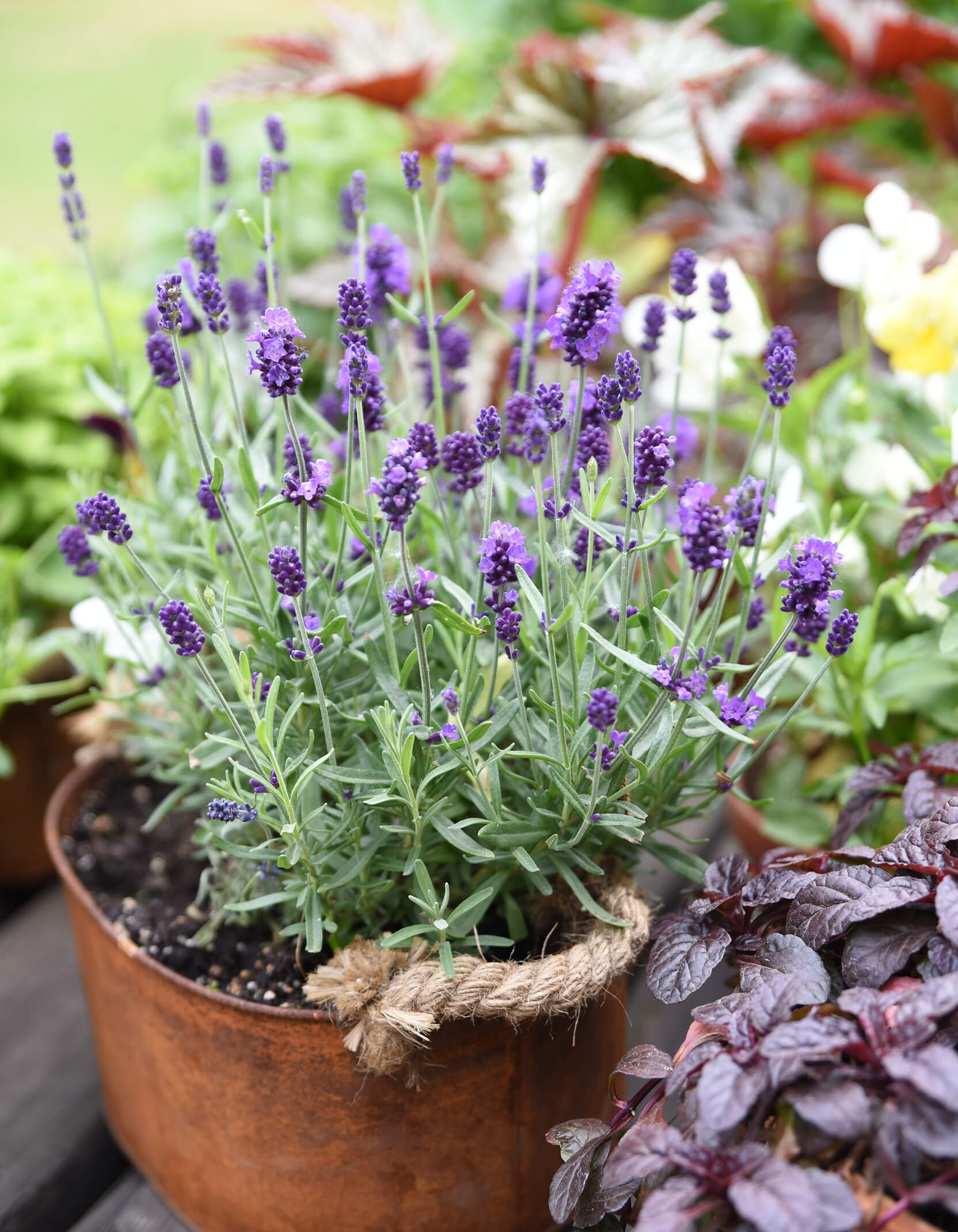
- Stachys byzantina (lamb's ear): Lamb's ear is another drought-tolerant plant that loves full sun. It has soft, woolly leaves that help to suppress weeds and attract beneficial insects.
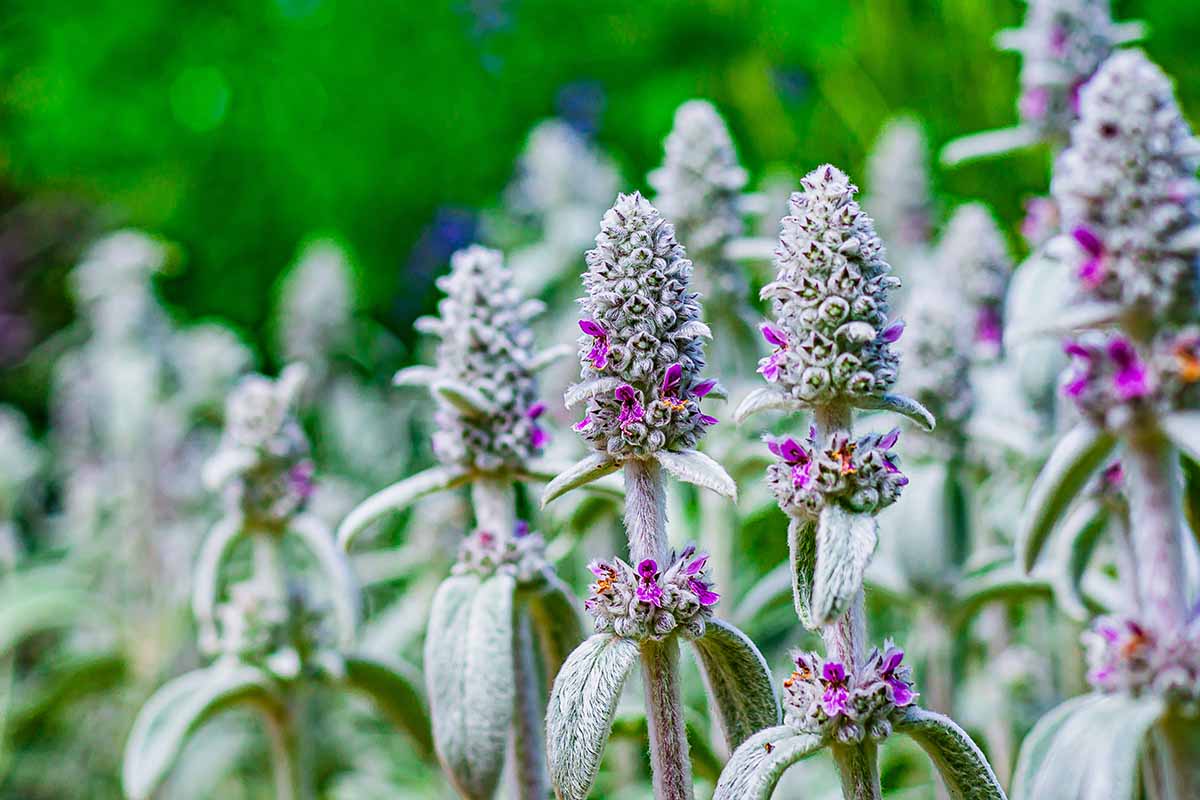
- Statice: Statice is a colorful annual that blooms from summer to fall. It is drought-tolerant and can tolerate full sun or partial shade.
- Salvia: Salvia is a genus of flowering plants that includes many popular herbs, such as sage and clary sage. Salvias are drought-tolerant and can tolerate full sun or partial shade.
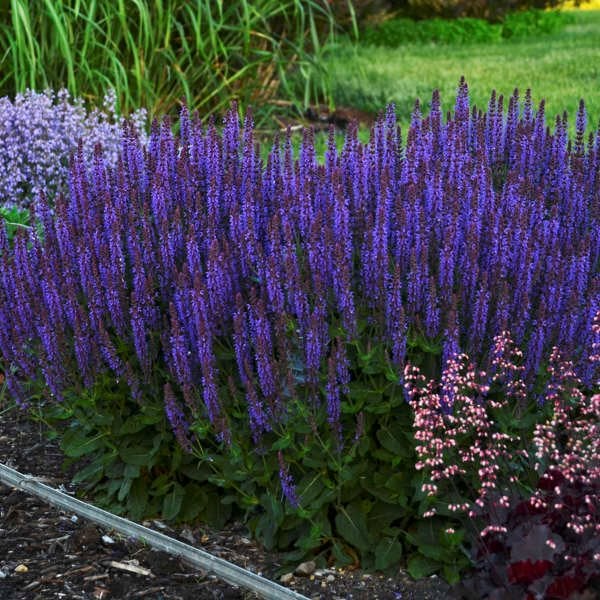
- Euphorbia: Euphorbias are a diverse group of succulents that come in a variety of shapes and sizes. They are drought-tolerant and can tolerate full sun or partial shade.

These are just a few of the many companion plants that can be used with bulbines. When choosing companion plants, it is important to experiment and find what works best in your garden.
In addition to companion planting, there are a few other things you can do to make your bulbine garden pop.
- Plant bulbines in drifts. This will create a more visually appealing display.
- Use different varieties of bulbines. There are many different varieties of bulbines available, so you can choose ones that have different flower colors and heights.
- Add some height to your garden with tall bulbines. This will help to create a more interesting and layered look.
- Use bulbines in containers. Bulbines can also be grown in containers, which makes them a great option for patios and decks.
With a little planning and effort, you can create a bulbine garden that is both beautiful and functional.
Bulbine frutescens 'Hallmark' is a beautiful, drought-tolerant plant that can add a splash of color to any garden. But what are some good companion plants for bulbine?
Here are a few suggestions:
- Lavender: Lavender is another drought-tolerant plant that loves full sun. It's also a great insect repellent, which can help to keep your bulbine healthy. [link to website address]
- Stachys byzantina (lamb's ears): Lamb's ears is a low-growing plant with soft, gray-green leaves. It's tolerant of heat and drought, and it can help to suppress weeds.
- Statice (sea lavender): Statice is a colorful annual that blooms in shades of blue, pink, and purple. It's drought-tolerant and deer-resistant, making it a good choice for gardens that are prone to these pests.
- Salvia (sage): Salvia is a versatile plant that comes in many different varieties. Some salvias are drought-tolerant, while others prefer moist soil. They all add color and interest to the garden, and they can help to attract pollinators.
- Euphorbia (spurge): Euphorbia is a group of plants that includes many different varieties, from small succulents to tall shrubs. They're all tolerant of heat and drought, and they can add a touch of exoticism to the garden.
These are just a few suggestions for companion plants for bulbine. For more information, be sure to visit Gardenia Inspiration.
FAQ of bulbine companion plants
- What are some good companion plants for bulbine?
Bulbine is a drought-tolerant succulent plant that can be grown in full sun or partial shade. It is native to South Africa and can be found in a variety of habitats, including riverbanks, sandy hillsides, and coastal areas. Bulbine is a relatively low-maintenance plant, but it does benefit from being planted with companion plants that can help to improve its drainage, provide shade, or attract pollinators.
Some good companion plants for bulbine include:
- Aloe vera: Aloe vera is another drought-tolerant succulent plant that can help to improve the drainage of the soil around bulbine. It can also help to protect bulbine from pests and diseases.

- Lavender: Lavender is a fragrant herb that can help to deter pests and attract pollinators. It can also help to improve the drainage of the soil around bulbine.
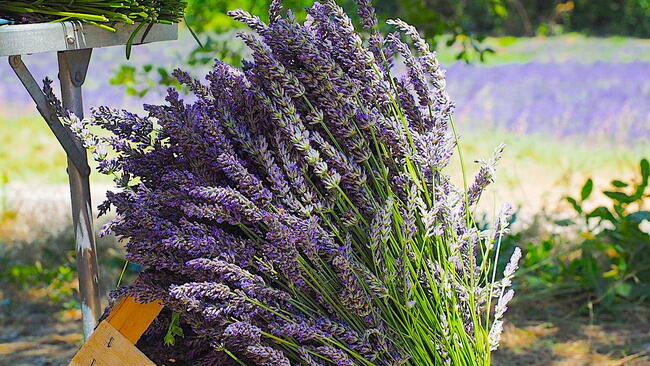
- Yucca: Yucca is a drought-tolerant shrub that can help to provide shade for bulbine. It can also help to attract pollinators.

- Opuntia: Opuntia is a cactus plant that can help to improve the drainage of the soil around bulbine. It can also help to protect bulbine from pests and diseases.
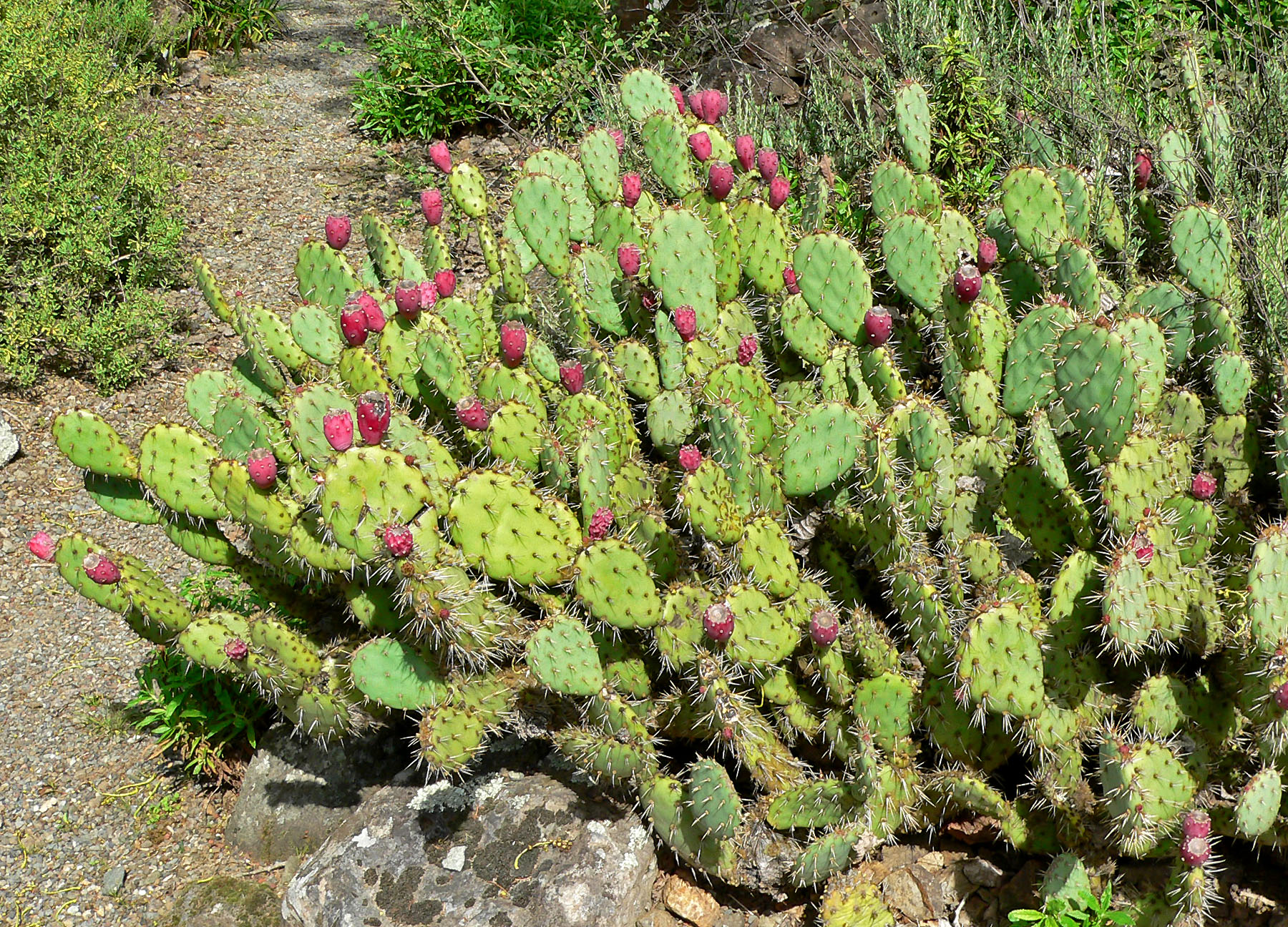
- Agave: Agave is a succulent plant that can help to improve the drainage of the soil around bulbine. It can also help to protect bulbine from pests and diseases.

- How far apart should bulbine companion plants be planted?
The distance between bulbine companion plants will depend on the size of the plants. For example, if you are planting small bulbine plants, you may want to space them about 12 inches apart. If you are planting larger bulbine plants, you may want to space them about 24 inches apart.
- When should I plant bulbine companion plants?
Bulbine companion plants can be planted in the spring or fall. If you are planting in the spring, make sure that the soil has warmed up to at least 60 degrees Fahrenheit. If you are planting in the fall, make sure that the soil has cooled down to at least 50 degrees Fahrenheit.
- How do I care for bulbine companion plants?
Bulbine companion plants are relatively low-maintenance. They need to be watered regularly, especially during the first year after planting. Once they are established, they can tolerate some drought. Bulbine companion plants also need to be fertilized once a year in the spring.
- What are some common pests and diseases that affect bulbine companion plants?
Bulbine companion plants are relatively resistant to pests and diseases. However, they can be susceptible to mealybugs, scale insects, and spider mites. These pests can be controlled with insecticidal soap or neem oil. Bulbine companion plants can also be susceptible to root rot, which can be caused by overwatering. To prevent root rot, make sure that the soil is well-drained.
Image of bulbine companion plants
5 different images of "bulbine companion plants" from Pinterest:
- Agave: Agave is a drought-tolerant succulent that can provide contrast to bulbine's bright green foliage.
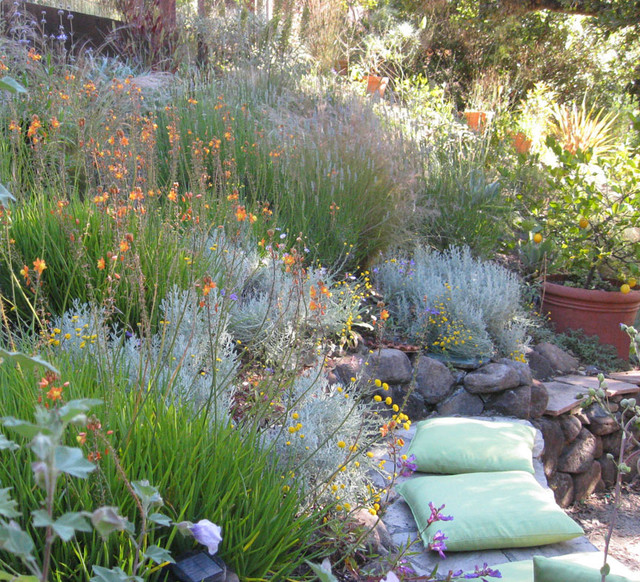
- Crassula ovata (Jade plant): Crassula ovata is another succulent that is well-suited for dry climates. It can also help to deter pests and diseases.

- Lavender: Lavender is a fragrant herb that can attract pollinators to your garden. It also tolerates well-drained soil and full sun, making it a good companion plant for bulbine.

- Salvia: Salvia is another drought-tolerant herb that can add color and interest to your garden. It also attracts pollinators, making it a good choice for butterfly gardens.

- Yucca: Yucca is a spiky succulent that can provide a dramatic contrast to bulbine's soft foliage. It is also drought-tolerant and can thrive in full sun.


Post a Comment for " Bulbine Companion Plants That Will Make Your Garden Pop"